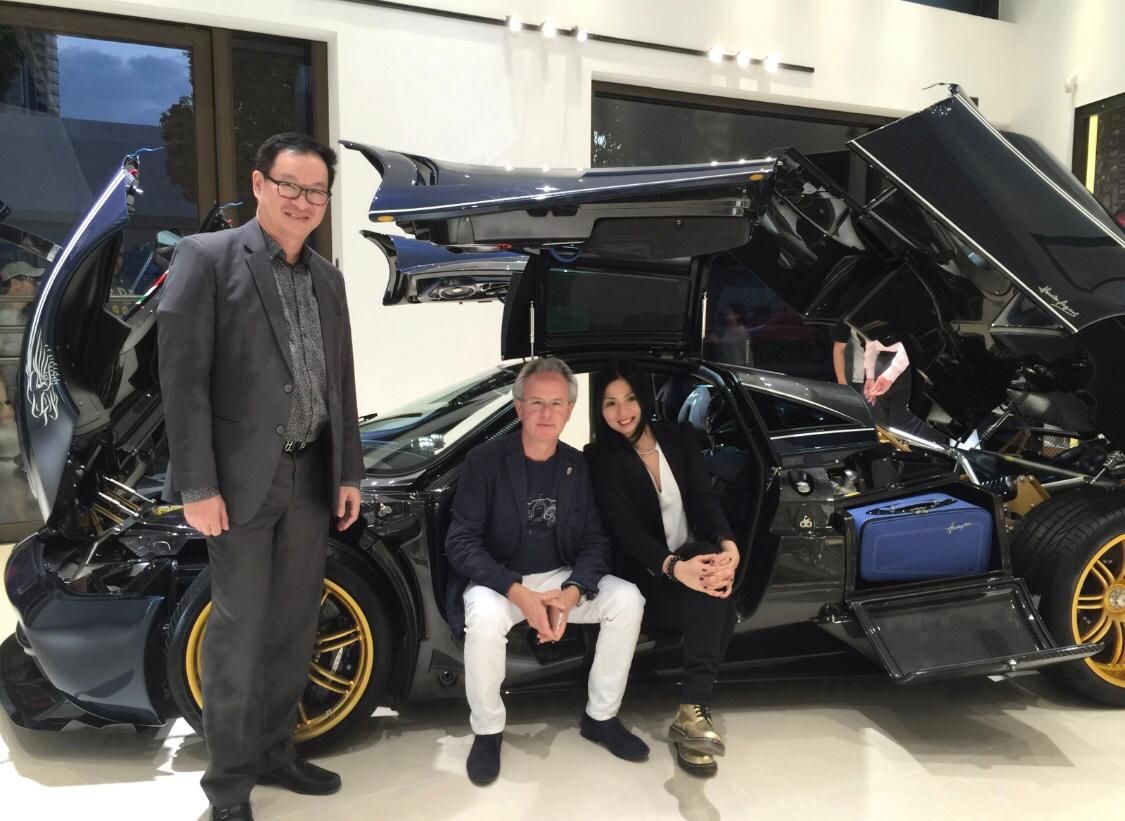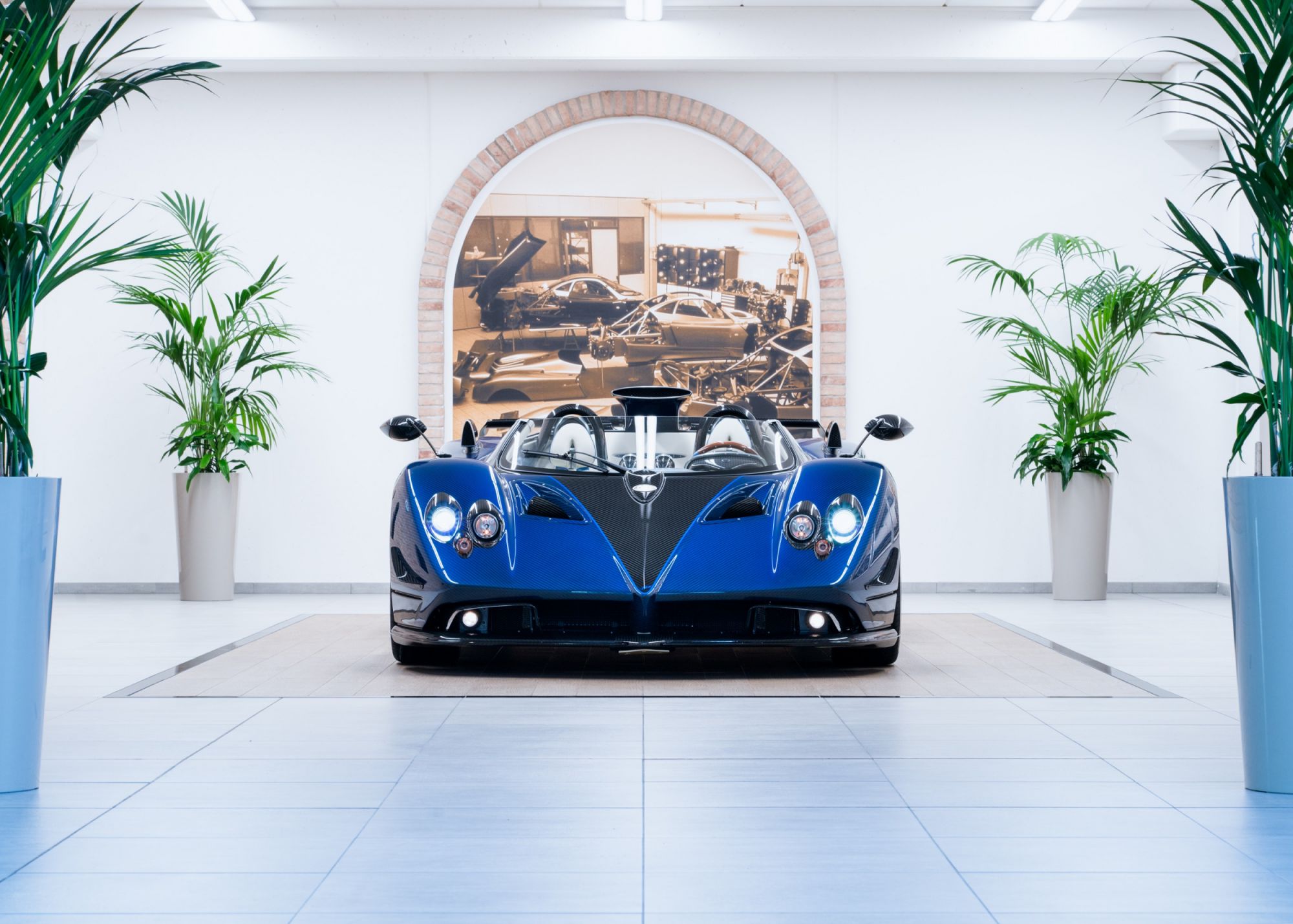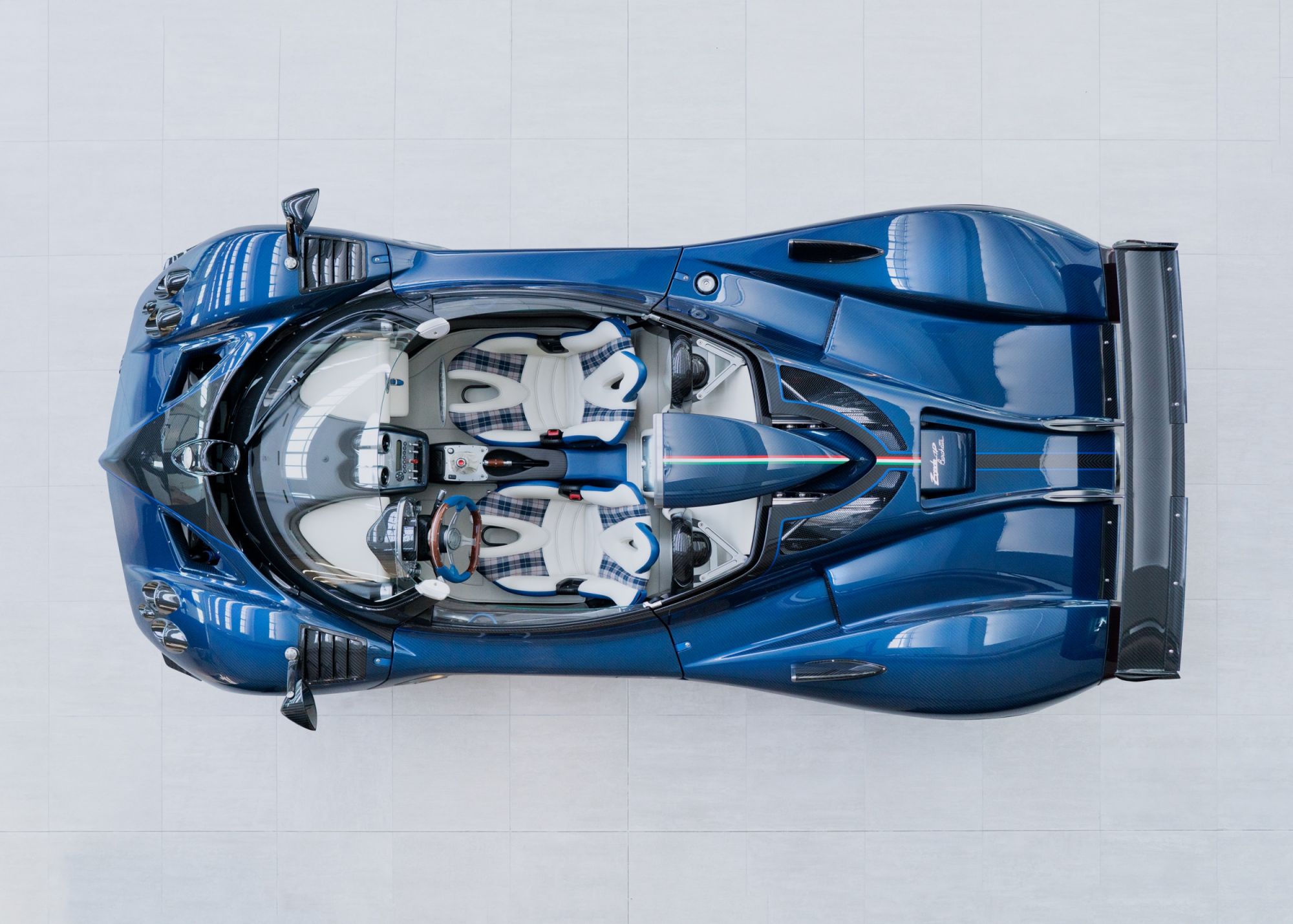It is now just a matter of time before Pagani cars hit the streets of Metro Manila—a "dream come true" as Autohub Group President Willy Tee Ten puts it.
20 years ago, Pagani Automobili S.p.A. arguably took the whole automobile industry on a higher level when it first released Zonda C12. With F1 technology and rocket science, combined with state-of-the-art design, Pagani wowed the world when it debuted at the 1999 Geneva International Motor Show.
"Every car enthusiast who has a Lamborghini, Porsche, and Ferrari in his or her garage dream of having a Pagani as it deservedly is the pinnacle of sports cars," Autohub Group President Willy Tee Ten said. "We are proud to announce that we're making that dream come true today. I'm looking forward to see Paganis in the Philippine roads very soon," he continued, announcing the recent partnership of Pagani with Autohub Group as its exclusive selling agent in the country.
The Italian hypercar brand's founder and CEO Horacio Pagani humbly paid Manila a visit to formally introduce the renowned company to the Philippine market.

Born and raised in Argentina, Horacio took an interest in engineering despite inadequate means. It all started with a dream, he said, as he used to create miniature car models carved out of wood in his rural hometown. Eventually his determination and craftsmanship paid off when he was hired by Renault to improve the body of a racing car.
His improvements and pure talent led him to meeting Lamborghini's chief technical director Giulo Alfieri. Being hired by the said brand, he moved to Italy in 1982 and made his way up the company. At 20, he designed and built his first F3 racer and became chief engineer at Lamborghini.
Horacio admitted his penchance for innovation and so when Lamborghini refused to build him an autoclave that will help him test using carbon parts for the brand's Countach Evoluzione concept, he made a bank loan and bought himself an autoclave. In 1991, he left Lamborghini still struggling to make the usage of carbon fibre composites for Formula One cars possible.
He founded Pagani Automobili Modena in 1992 and completed its first car Zonda after 7 years, which was presented at the 1999 Geneva International Motor Show. And the rest was history.




























